Gweedore, Donegal, Ireland —(Map)
Two surfers recently discovered a strange metal tube on a beach in Ireland. The tube was a time capsule that had been buried in ice near the North Pole. Because of rapidly melting Arctic ice, the time capsule was found after just two years.
In 2018, an ice-breaking ship called 50 Years of Victory made a trip to the Arctic. During the trip, the ship’s crew and passengers buried a time capsule in the ice at the North Pole. They thought the time capsule wouldn’t be found for another 30 to 50 years. Sadly, they were very wrong.
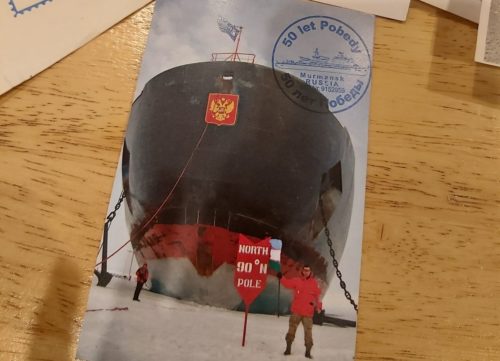
(Source: Conor McClory and Sophie Curran.)
The time capsule was freed from the melting ice in less than two years. Starting inside the Arctic Circle, it floated roughly 2,300 miles (3,700 kilometers) to the north-western tip of Ireland, where it was found.
Conor McClory and Sophie Curran found the time capsule on a beach called Bloody Foreland in Donegal, Ireland. The two are surfers, and were looking for good surfing waves. What they found instead was a metal tube washed up on the shore.
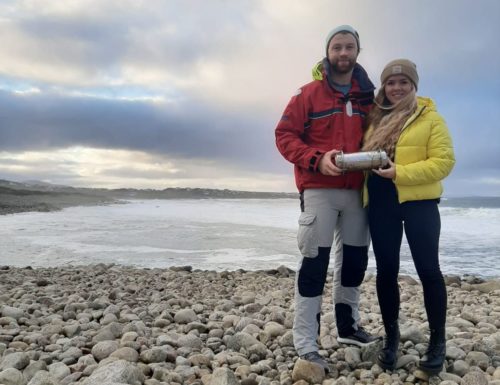
(Source: Conor McClory and Sophie Curran.)
At first they were worried the metal tube might be a bomb or contain something dangerous, so they didn’t open it. They relaxed after a friend translated the Russian writing on the tube. It said “Time Capsule”.
When Mr. McClory and Ms. Curran opened the tube, they found that the time capsule was full of letters, poems, pictures, and other small items from the ice-breaker ship’s crew and passengers.
Most of the letters were written in Russian. Mr. McClory and Ms. Curran have sent these letters off to be translated.
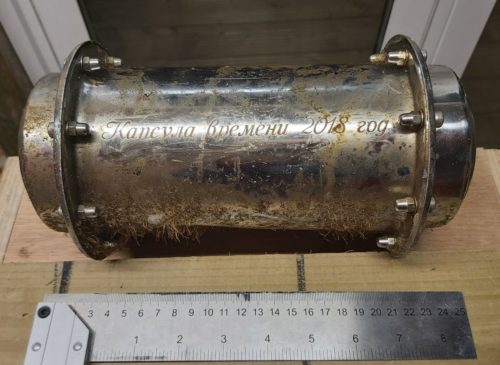
(Source: Conor McClory and Sophie Curran.)
Two of the letters were written in English, and described the Arctic trip of the 50 Years of Victory. One letter, written on August 4, 2018, said, “Everything around is covered by ice. We think that by the time this letter will be found there is no more ice in [the] Arctic unfortunately.”
Mr. McClory and Ms. Curran managed to contact a woman who had written one of the letters. Her name was Sveta and she lives in St. Petersburg, Russia. Sveta was shocked to hear that the time capsule had washed up only two years later.
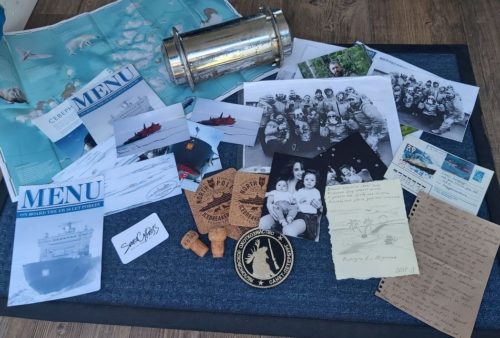
(Source: Conor McClory and Sophie Curran.)
Mr. McClory said that finding out the time capsule was only two years old shows how quickly the Arctic ice is disappearing.
Global warming is melting the ice at record rates, and the Arctic is warming twice as fast as anywhere else. This year, for the first time ever, the Arctic sea ice did not refreeze by late October. The Arctic has just set a record for the least amount of ice ever at this time of year.
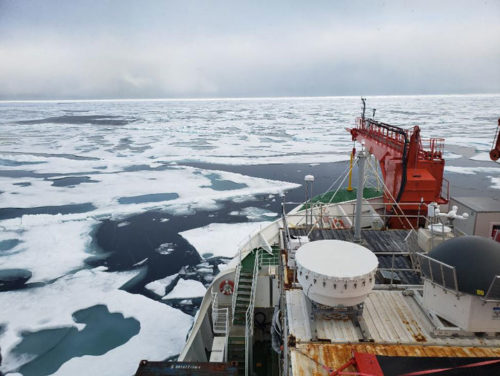
(Source: Melinda Webster, via NASA Earth Observatory.)
At least one study suggests that the sea ice in the Arctic Ocean could melt completely during the summer by the year 2035.
Ms. Curran says that she and Mr. McClory are concerned about climate change. They hope that the story will encourage others to “do their bit with the environment even if it’s one small change.”
😕
This map has not been loaded because of your cookie choices. To view the content, you can accept 'Non-necessary' cookies.
